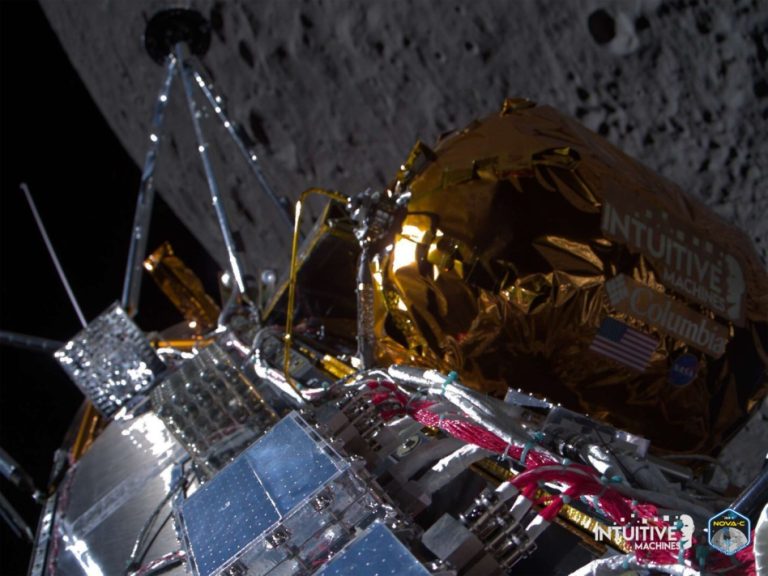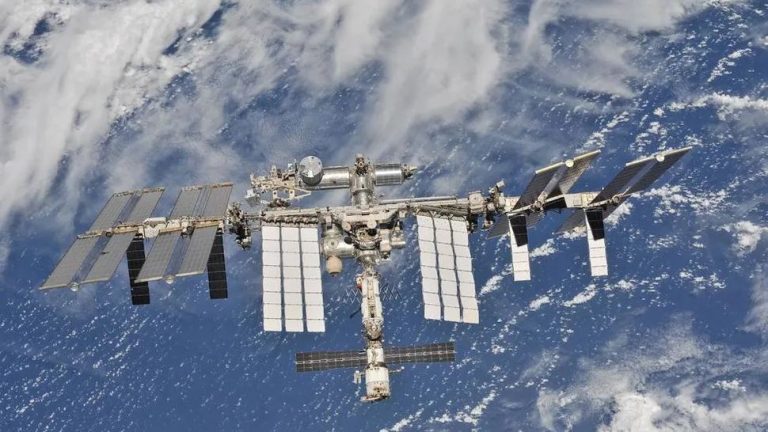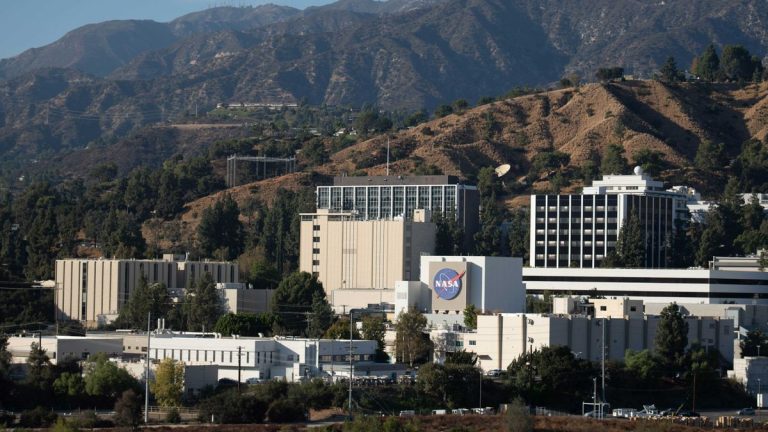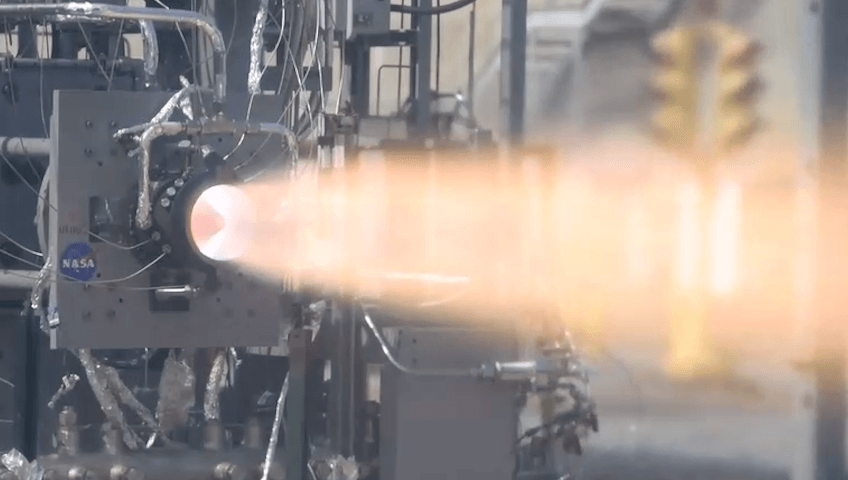
Watch NASA test revolutionary new rotating detonation rocket engine (video) (Image Credit: Space.com)
Houston, Texas-based Venus Aerospace, a hypersonics pioneer aimed at developing reusable hypersonic flight platforms, recently achieved one of the longest sustained tests of a rotating detonation rocket engine (RDRE) in collaboration with NASA’s Marshall Space Flight Center.
A rotating detonation rocket engine combusts its fuel and oxidizer in a circular motion inside a ring-shaped channel. The shockwaves from the detonation of fuel and oxidizer create a self-sustaining combustion reaction, making this form of propulsion more efficient than conventional combustion engines.
Venus Aerospace’s recent RDRE demonstration sustained the longest engine run of its test campaign to date by demonstrating flight-like performance and clocking in at four minutes of hotfire testing. The transformative milestone reached here is notable since the majority of these types of experimental engine tests last for barely two seconds.
“Venus believes strongly in the performance step-change that RDREs bring for both hypersonic and space applications,” said Dr. Andrew Duggleby, CTO and co-founder of Venus Aerospace in a statement. “The partnership with NASA has been key in maturing this new technology.”
Related: Venus Aerospace unveils its new dart-like Mach 9 hypersonic plane design
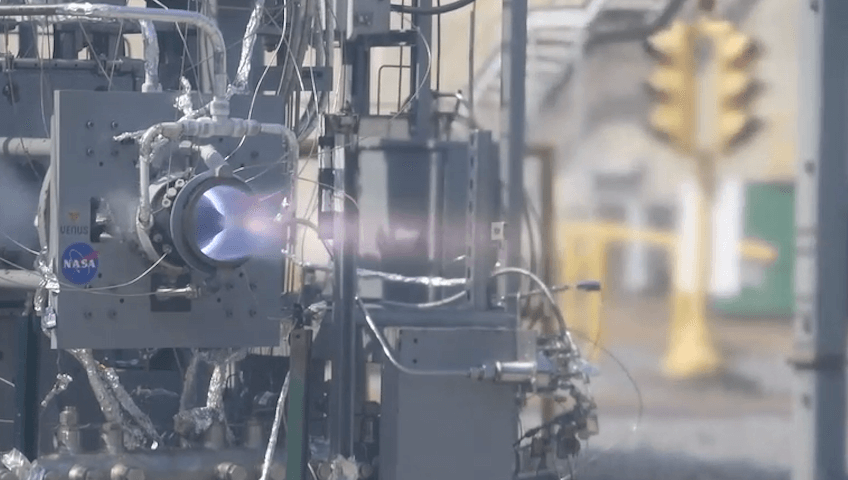
Founded in 2020, Venus Aerospace is a dynamic, forward-thinking startup that designs and manufactures hypersonic engines and aircraft to be employed in a variety of research, defense, experimental and commercial applications.
This impressive test completion validates the unlimited potential that these revolutionary RDRE engines hold and it bodes well for NASA’s future use of reusable hypersonics as the space economy heats up and competition among startups and established aerospace firms grows.
NASA is eyeing RDREs for space-based applications in spacecrafts such as lunar and Mars landers, in-space missions and logistics, and a wide range of ambitious deep space enterprises.
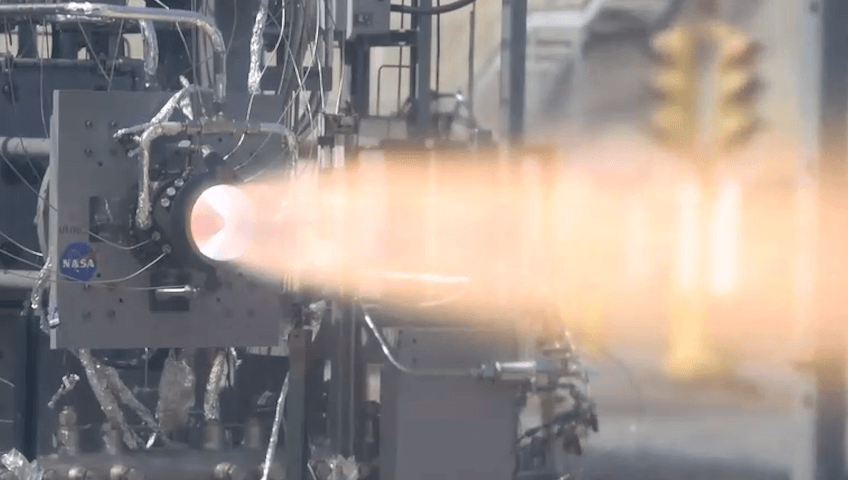
Since RDREs are smaller and operate more efficiently than traditional rocket engines, they have the advantage being configured for any model of hypersonic vehicle for extreme versatility. They’re mechanically simple engines containing no moving parts and generate thrust by burning fuel using a sustained supersonic detonation wave.
Venus Aerospace’s two-year special projects partnership with NASA will be instrumental in propelling Venus’s ongoing research and development objectives for the hypersonic economy to stratospheric heights. As the second year arrives, NASA and Venus will endeavor to test multiple propellant combinations on hardware for even greater thrust levels to demonstrate those efficiency gains promised by the unique properties of their new detonation engines.


